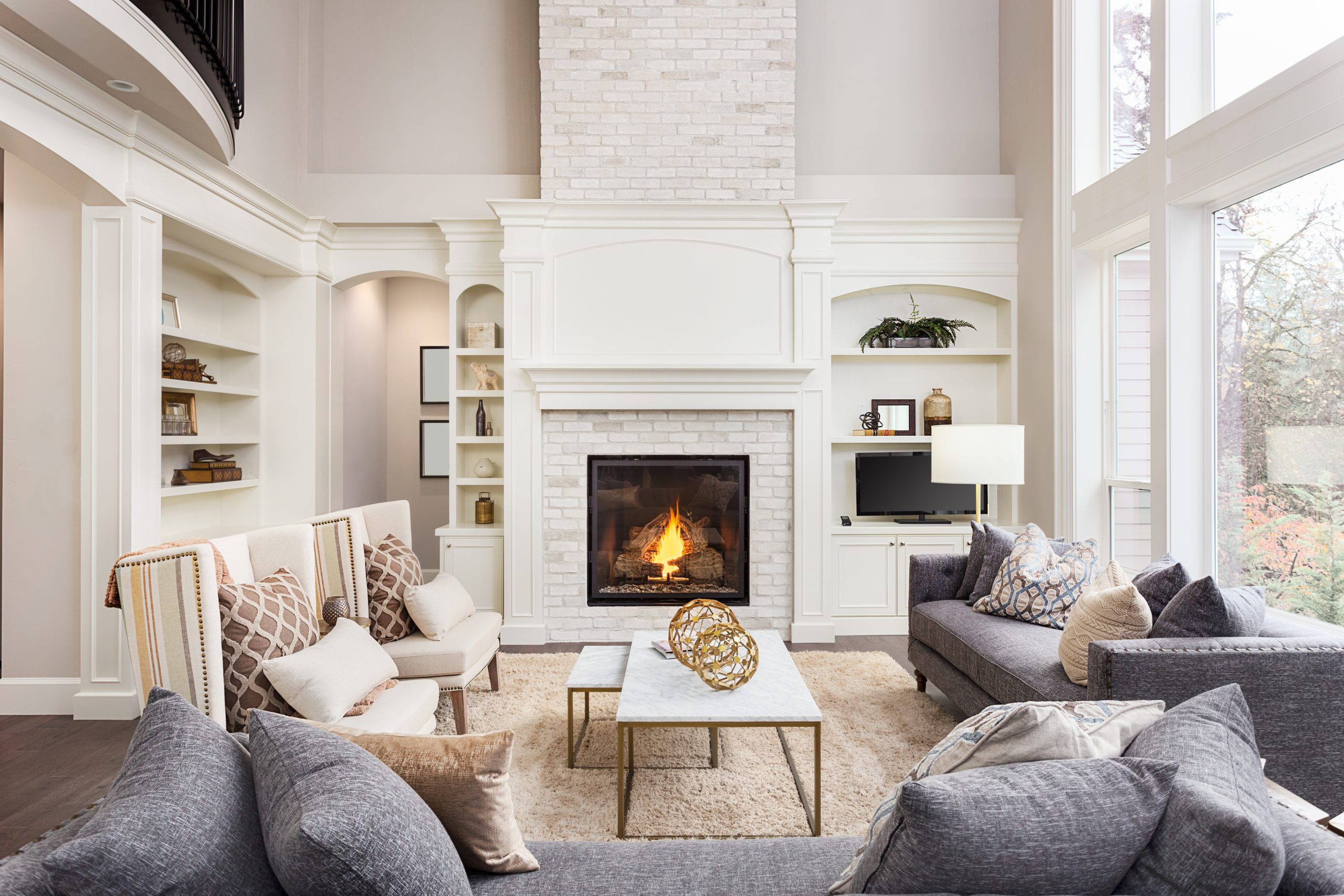
One of the best strategies to maximize the value of your home once you’ve decided to list is to stage it.
Staging a home involves removing most – if not all – of your furniture and replacing it with pieces that are selected to show off all the attributes of your home.
You can hire a specialist company to do this for you. While you put your belongings in storage or move them to your new home, they will select each piece of furniture, plus artwork and rugs, and you rent them for the duration of the marketing campaign.
If that’s a little beyond your budget, you can stage your home yourself. This will likely require you to store some of your creature comforts and undertake a major declutter to get the result you want.
As an experienced agent, I’ve worked with owners who have done an excellent job of staging their home. There’s no doubt this level of preparation pays dividends. It can attract the highest number of prospective buyers and achieve the best possible price.
If you’re thinking of selling your property right now, I’ve made a list of eight tips to help you stage your home like a professional.
- Pitch-perfect – Always consider your prospective buyer. Are you going for a professional couple or a family with teenagers? This will influence whether you might include a home/office or a kid’s bedroom.
- Be sassy, not dull – Playing safe is a good strategy when staging your home, but you can fall into the trap of being boring. Neutral tones become bland quickly, so add splashes of color using rugs, cushions and wall hangings.
- A picture tells a 1,000 words – It’s a cliché because it’s true. So, always consider how your staging will look when it’s photographed. Your home must look “A-Mazing” when buyers surf the property websites. The best shots have a focal point, such as a fireplace, swimming pool or access to a beautiful garden.
- Keep it in proportion – Furniture and art should all be in balance with the size of the rooms. If they’re too big for the space, the rooms quickly feel small and appear cluttered. That’s a big buyer turn-off. An oversized sofa for the living area is the most common mistake.
- All square – Watch out for the angles at which you place your furniture. In photos, make sure the furniture doesn’t appear placed awkwardly.
- Let there be light – The perception of size increases substantially with great light. Never put furniture in front of windows, and always pull the drapes right back. During walk-throughs, always have the lights on. Feature lighting, especially in the kitchen and living areas, captures the imagination of buyers.
- Rug up – Everyone loves a beautiful timber floor in an open-plan design, but it can appear bare and uninviting in photos. So, use rugs to add color and atmosphere.
- Don’t be fussy – Keep ornaments and knick-knacks to a minimum. They tend to make the home feel busy and a little cluttered. Like oversized art, this leaves a detrimental impression of the size of the home. Strip the refrigerator of magnets and the kids’ artwork.
